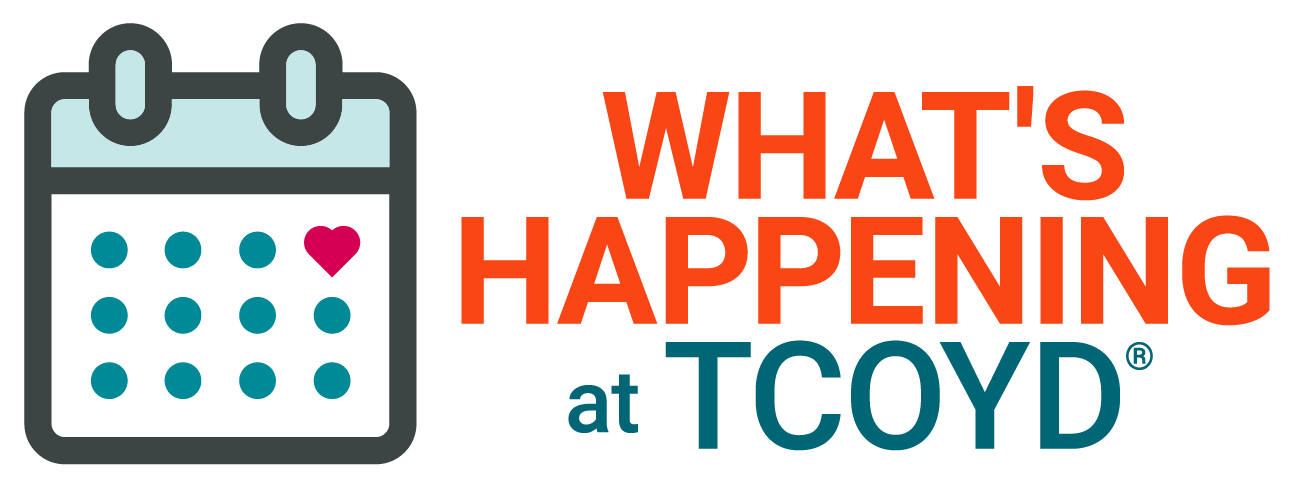
The Patient:
My patient Donald is an 84-year-old man and has been living with type 2 diabetes for many years. Unfortunately, he has also recently been diagnosed with Alzheimer’s Disease. His diabetes regimen includes multiple daily injections (MDI) of insulin and 10 mg of Farxiga once a day for his chronic kidney disease and diabetes control. He takes 0.25 mg/week of Ozempic for diabetes control and cardiovascular protection.
Donald’s wife Carla has been giving him his basal insulin (20 units of Lantus) twice a day and 15 units of his fast-acting mealtime insulin aspart three times a day before meals, but she’s been having difficulty doing it consistently.
Donald has been wearing the FreeStyle Libre 2 CGM, which requires him to scan his sensor at least once every eight hours in order to get readings.
Here’s a snapshot of his 14-day LibreView download:


The Problem:
As you can see from Donald’s downloads:
- The duration of his sensor use was 14 days
- His average glucose was 218 mg/dL (target glucose is less than 155 mg/dL)
- His GMI (sensor-derived A1c) was 8.5% (the target for most people is less than 7%)
- His glucose variability was 26.8% with a goal of less than 36 (glucose variability means how much the glucose value is bouncing up and down, and the lower the better!)
- His time in range was 32% (time in range is defined as the time someone is between the target range of 70 and 180 mg/dL, and the goal is over 70% in healthy individuals, but the goal is over 50 mg/dL in older folks with other medical conditions.)
- His time below range was 0%
- He was high 37% of the time and very high 31% of the time
In looking at his full report, I noticed that his low glucose alert was off, his high glucose alert was off, and his lost signal alert was off. He’s also missing glucose data because he hasn’t been consistent in swiping his CGM sensor. If you don’t swipe at least once every eight hours you’ll have gaps in your data.
The good news is that he’s not getting low.
Carla works away from home Monday-Friday. After breakfast, she leaves an insulin pen with him so he can take insulin for his lunch. She marks the pen with a sharpie on the plunger so when she gets home at night she can tell if it moved at all. She’s been noticing that he consistently forgets to bolus for his lunch, which is why he’s often high all day. Carla said she keeps his high alert off because she doesn’t want him to give himself a huge dose of insulin unsupervised.
So we have two big challenges here: the common problem of forgetting to bolus before a meal, and the bigger issue of progressive memory loss.
The Plan:
Our goal is to get Donald to 50% (or higher) time in range with no lows, because that’s the goal for people in his type of situation (see the chart below for situational TIR recommendations).

We need to figure out how to safely get him to remember to take some fast-acting insulin with meals, and then he’ll be well above 50%. Here are my suggestions:
- I discussed the option of the InPen smart insulin pen so his wife could look at his data and see if he’s dosing. Smart insulin pens are great for patients who have a hard time remembering to take their insulin. They are also great for patients who can’t remember if they took a dose. The Inpen has lots of other benefits for healthy people with diabetes who do not want to wear a pump.
- You can set up reminders in the app to take both mealtime and long-acting insulin doses, and there’s a notification if a dose is missed. The app will also send a notification if no dose was logged during a scheduled time period. The InPen is compatible with Humalog and Novolog (U-100 3.0 mL pre-filled cartridges).
- I also talked to them about transitioning Donald to the FreeStyle Libre 3 so he won’t have to remember to swipe his sensor. He and his wife will then be able to see his glucose data and trend arrows. She will have access to his real-time data via the LibreLinkUp App.
- I want them to set his CGM low alert to 80 and make sure he knows what to do if he’s alerted to a low – he does still have the mental capability to treat.
- We’re going to reduce his Lantus from 20 units twice a day to 35 units once a day so there’s only one shot per day, which will make it easier for them.
Regarding Donald’s progressive memory issues, Carla has started looking for an assisted living community that will be able to keep a closer eye on him and his day-to-day diabetes management.
The Takeaway
This is a tough situation for sure. For someone with memory challenges on MDI, smart insulin pens like the InPen have a lot of capabilities that many people may not realize. There are day-to-day benefits for the patient and caregiver, and there are benefits for the healthcare provider because data can be sent directly to their office.
As people develop dementia their mental capacity will decrease over time, so anything that can make diabetes management easier for the patient and caregiver is important to implement. Utilizing technology when available – in this case, upgrading to the FreeStyle Libre 3 and utilizing smart insulin pens – will hopefully aid all involved in giving this patient the best care they can.
Additional Resources:
The World’s Smallest CGM Gets FDA Approval, and Bigger Isn’t Always Better!


Leave a Reply